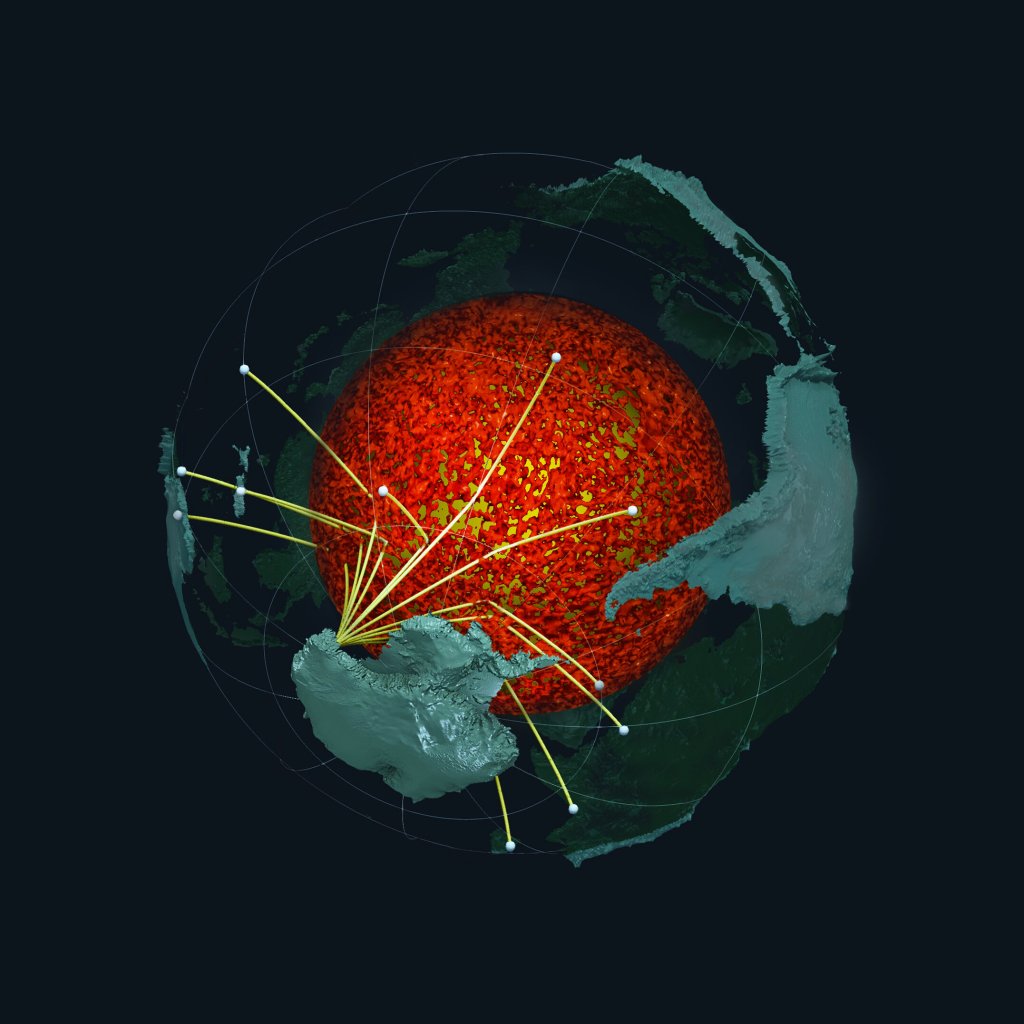Filmed in the blustery Scottish highlands, BBC Earth host Oli Martin strips down to his pants and shoes while being filmed with a Selex Merlin infrared camera. As Martin removes his gloves, hat, jacket, and shirt, parts of his body rapidly change from red to yellow to green, while flecks of falling snow make black spots on his torso.
Eventually, Martin’s hands get so cold that simply pressing them to his chest leaves behind green handprints.
Videos by VICE
The body loses heat through a combination of four methods, depending on the circumstances: passively (radiation), from the movement of air such as wind (convection), when in contact with another surface (conduction), and through sweating (evaporation). Generally, at least 60 percent of body heat is lost from radiation. (The strong wind shown in the video would also account for a good deal of heat loss through convection, but the infrared camera is only sensing and measuring radiative heat loss.)
Highly vascular areas of the body like the skull, groin, armpits, and fingers lose heat more quickly than others, because blood vessels in those areas are so much closer to the surface—and to demonstrate this, Martin shows the camera his freezing scalp. Just don’t go getting the idea that more body heat is lost through your head than any other area. That old myth was disproven a few years ago. But that still doesn’t mean you shouldn’t wear a hat. Or, in Martin’s case, a shirt.



